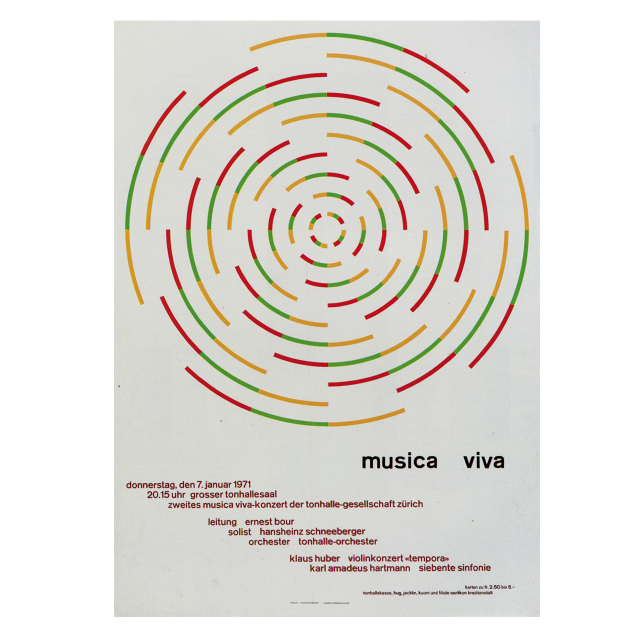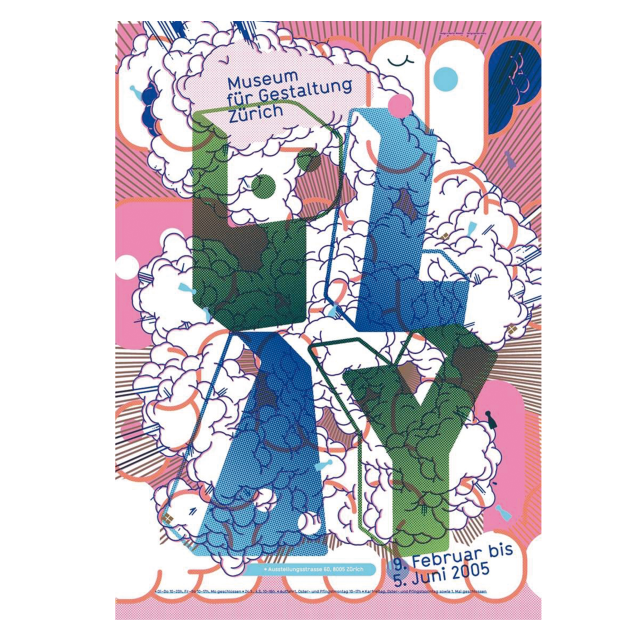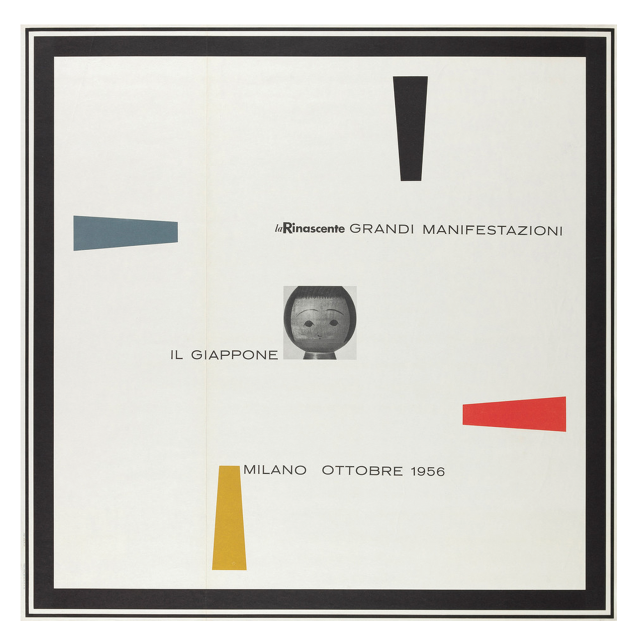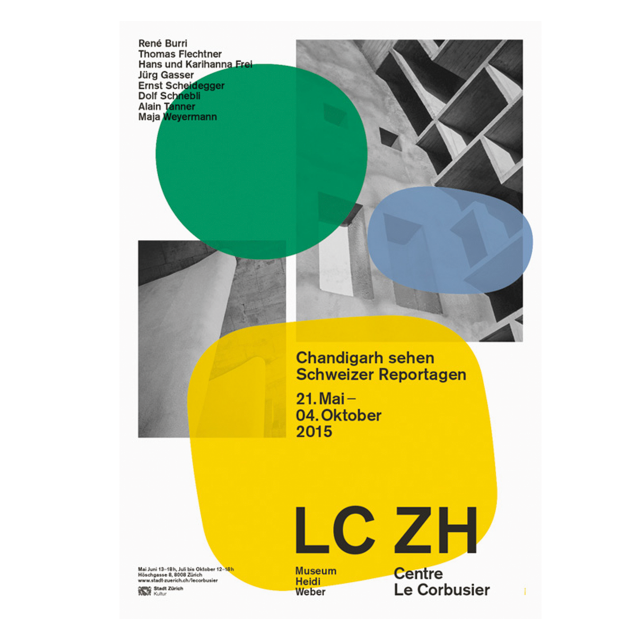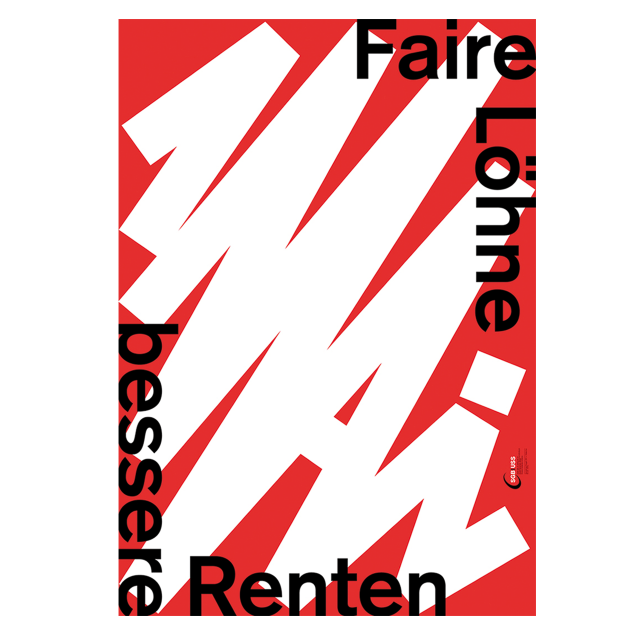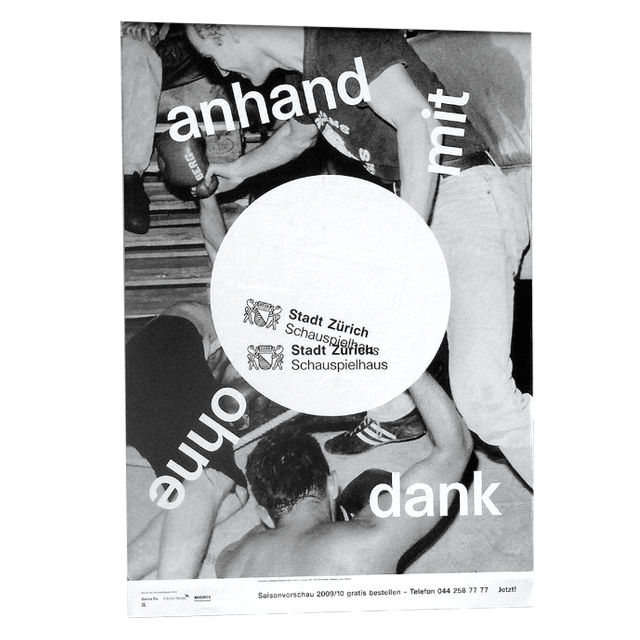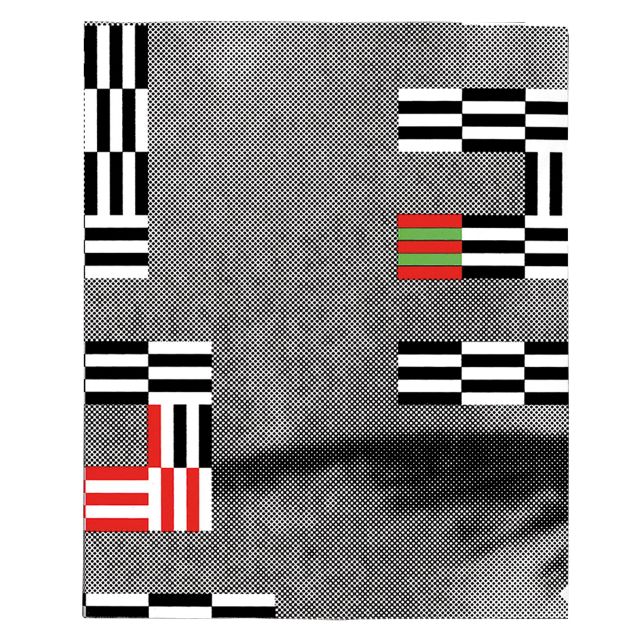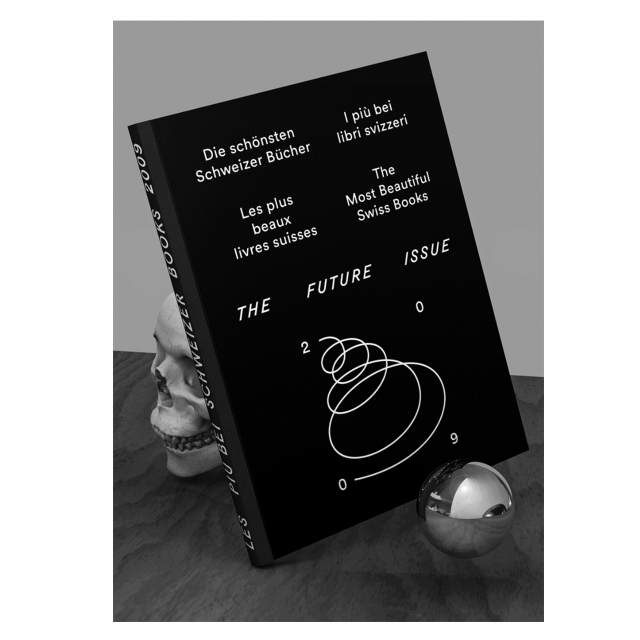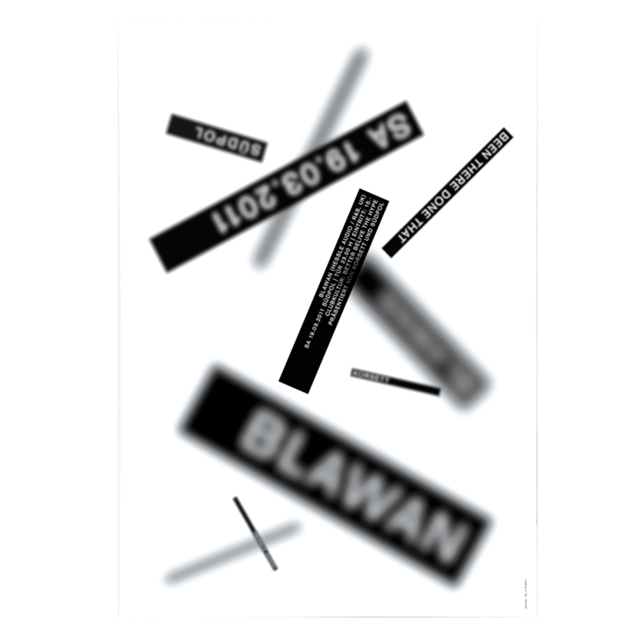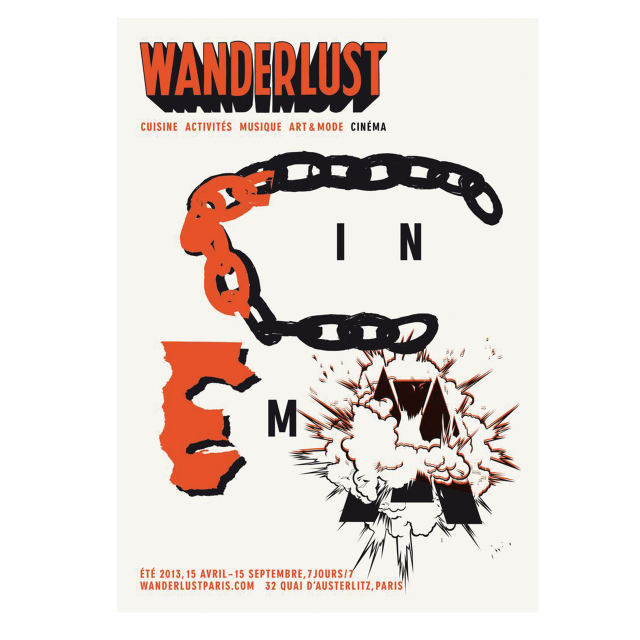Swiss Graphic Design and Typography Revisited
‘Swiss Graphic Design and Typography Revisited’ involved a team of 16 researchers from seven Swiss universities over a period of four years (2016 to 2020). Thus, it was the largest academic research project in the field of design ever supported by the Swiss National Science Foundation.
Project
In graphic design history, the terms ‘Swiss graphic design,’ ‘Swiss typography,’ or ‘Swiss style’ regularly denote an international style that can be applied to a variety of media, such as posters, books, corporate identities, and signage systems. This style emerged in Switzerland during the 1950s, was used by graphic designers in Switzerland and many other Western countries, and gained an excellent reputation worldwide. However, ‘swiss graphic design and typography’ was used not only to define a certain, specific style but also in many variations to describe graphic design from Switzerland in general or design produced by Swiss graphic designers. This definitional blurring has contributed to the success of the term.
From this perspective, it becomes clear that ‘swiss graphic design and typography’ has not yet come to an end. It is still negotiated in classrooms, studios, exhibition spaces, and publications. Furthermore, the label has been claimed as one of the Switzerland’s leading products. It thus oscillates between a closed mythology and a history still-in-the-making.
Based on this, the project ‘Swiss Graphic Design and Typography Revisited’ did not consider ‘swiss graphic design and typography’ as a monolithic label or style but as a multi-faceted construction within an international discourse.
This was taken into account by the research team’s Swiss and foreign researchers of the universities of applied sciences from Basel, Bern, Geneva, Lausanne, Lugano, and Zurich, as well as from the University of Bern, who collaborated in mixed groups. The project was coordinated by the Bern University of the Arts.
Using methods grounded in current approaches to historical analysis and cultural theory, the researchers explored archives, analysed textual, pictorial, and design sources such as curricula, publications, and individual testimonies, and interviewed key figures in the field. Thus, they were able to review existing narratives and to identify previously overlooked networks, practices, and media.
Sub-projects
The project focused on Swiss graphic design and typography and their ongoing legitimacy, reputation, and status in the three sub-projects ‘Principles of Education,’ ‘Networks of Practice,’ and ‘Strategies of Dissemination,’ which are based on a simplified career path of a professional designer. The nature of the nine case studies allowed the research team to explore the landscape of Swiss graphic design and typography and shed light on overlooked scenes.
The sub-project ‘Principles of Education’ focused on the education of graphic designers in Switzerland by analysing curricula, teaching materials and results, literature by and on teachers and teaching methods, as well as interviews.
Instead of singling out individual designers, the sub-project ‘Networks of Practice’ analysed graphic design as a social practice produced by networks of people, institutions, associations, objects and ideas, with a focus on their migration beyond national and linguistic boundaries.
The sub-project ‘Strategies of Dissemination’ dealt with the textual content of professional journals, history books and exhibitions, as well as with their structural and visual design as instruments of historiography and, at the same time, as predominant forms for the production and dissemination of ‘Swiss graphic design and typography’ itself.
Results
The result of ‘Swiss Graphic Design and Typography Revisited’ is a critical contribution to our understanding of the emergence and current self-perception of Swiss graphic design and typography. Above and beyond this, the project helped to consolidate design history as a field of research and practice in Switzerland. It provided new, relevant findings for the international scholarly discourse on visual communication.
The research team produced various small-scale narratives that together offer a more complete, flexible interpretation of the subject than the existing canon of Swiss graphic design. These are made public in the publication ‘Swiss Graphic Design Histories’ (Scheidegger & Spiess), which was launched on 1 July 2021. It is entirely available in open access on the website of Scheidegger & Spiess and as a high-quality printed edition of four volumes in a slipcase designed by Simone Farner and Naima Schalcher.
Furthermore, the special issue ‘New Perspectives on Swiss Graphic Design’ of the renowned journal ‘Design Issues’ (MIT Press) was published in January 2021 and is accessible on the journal’s website. It includes an introduction by the guest editors and five essays building on the results of ‘Swiss Graphic Design and Typography Revisited’, focussing on historiographical and methodological challenges from the research.
The activities of the team members have not ended with these publications. Further individual findings from the project are going to be discussed and published independently by the doctoral students as part of their dissertations.
Relevance
This project gained particular relevance because ‘Swiss Graphic Design and Typography’ was nominated as one of eight Swiss Candidatures proposed to UNESCO as an Intangible Cultural Heritage in 2014.
However, the relevance of this project goes beyond disciplinary boundaries. It is one of the first collaborative projects to involve almost all the Swiss universities of art and design. This collaborative approach was particularly important in defining the transfer of knowledge from research to education, as it helped to promote a shared perspective through joint research. This experiment may be considered a success in that it did not level out differences but instead brought people from different schools – both institutions and schools of thought – into a mutual dialogue.
Participating universities
- FHNW HGK – Academy of Art and Design Basel
- HKB – Berne University of the Arts (Project coordination)
- University of Berne, Institute of Art History
- HEAD – Genève – Geneva School of Art and Design
- ECAL – Ecole Cantonale d’art de Lausanne
- SUPSI – University of Applied Sciences and Arts of Southern Switzerland
- ZHdK – Zurich University of the Arts
Participating researchers
Applicants:
Prof. Dr. Arne Scheuermann (project coordinator)
Prof. Michael Renner (coordinator of sub-project A)
Prof. Dr. Sarah Owens (coordinator of sub-project B)
Prof. Dr. Peter J. Schneemann (coordinator of sub-project C)
Co-coordinators and researchers:
Prof. Dr. Davide Fornari
Prof. Robert Lzicar
Researchers:
Dr. Chiara Barbieri
Prof. Rudolf Barmettler
Roland Früh
Jonas Niedermann
Doctoral students:
Jonas Berthod
Sandra Bischler
Constance Delamadeleine
Ueli Kaufmann
Sarah Klein
Sara Zeller
Organigram
Partners
- Aiap – Associazione italiana design della comunicazione visiva
- Federal Office of Culture FOC
- Graphis
- Museum für Gestaltung – Schaudepot
- Swiss National Library NL
- ZHdK – Zurich University of the Arts – Medien und Informationszentrum MIZ, Archiv ZHdK
- SGD Swiss Graphic Designers
- Swiss Graphic Design Foundation
Financing
The project was supported by:


